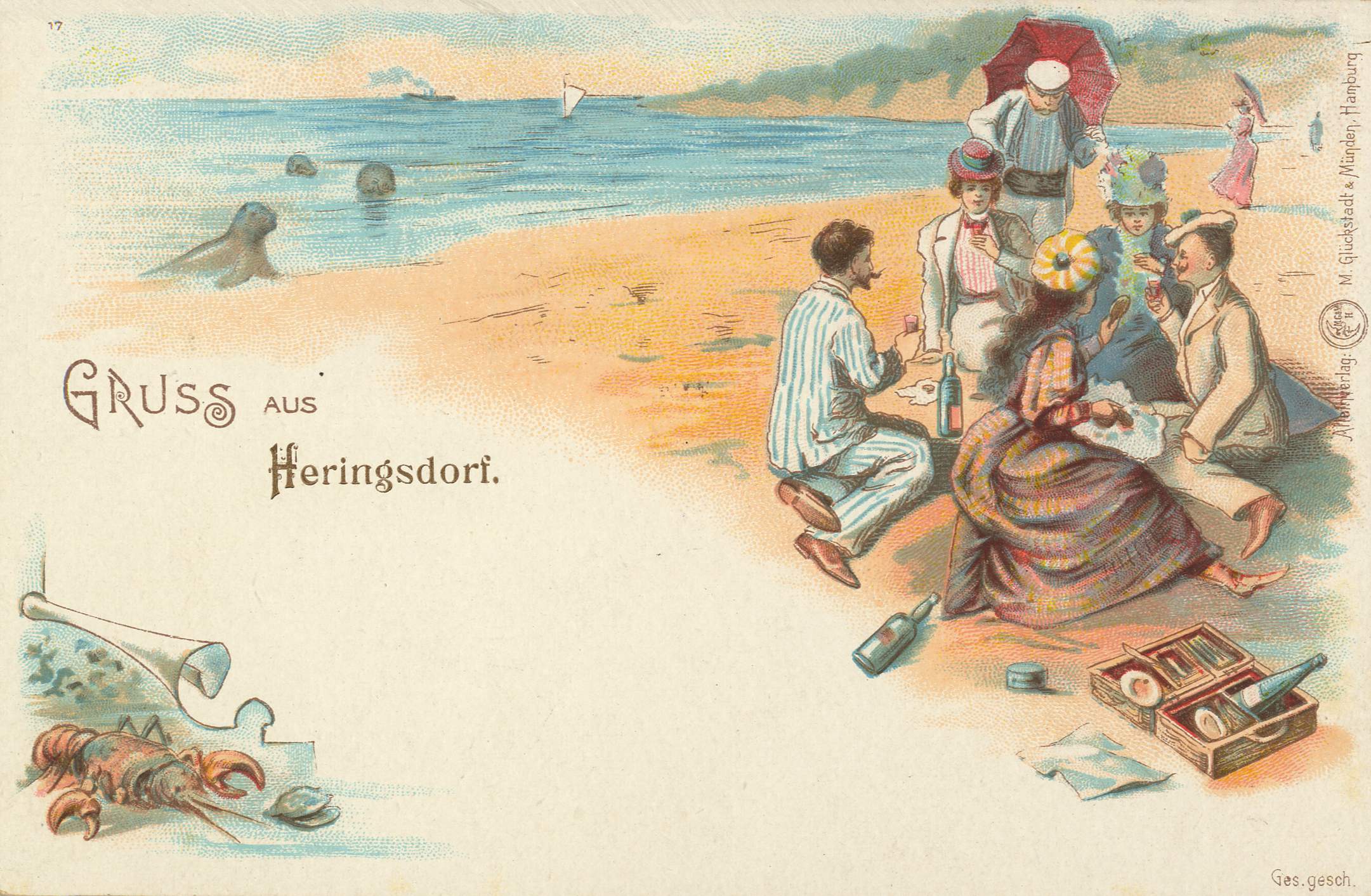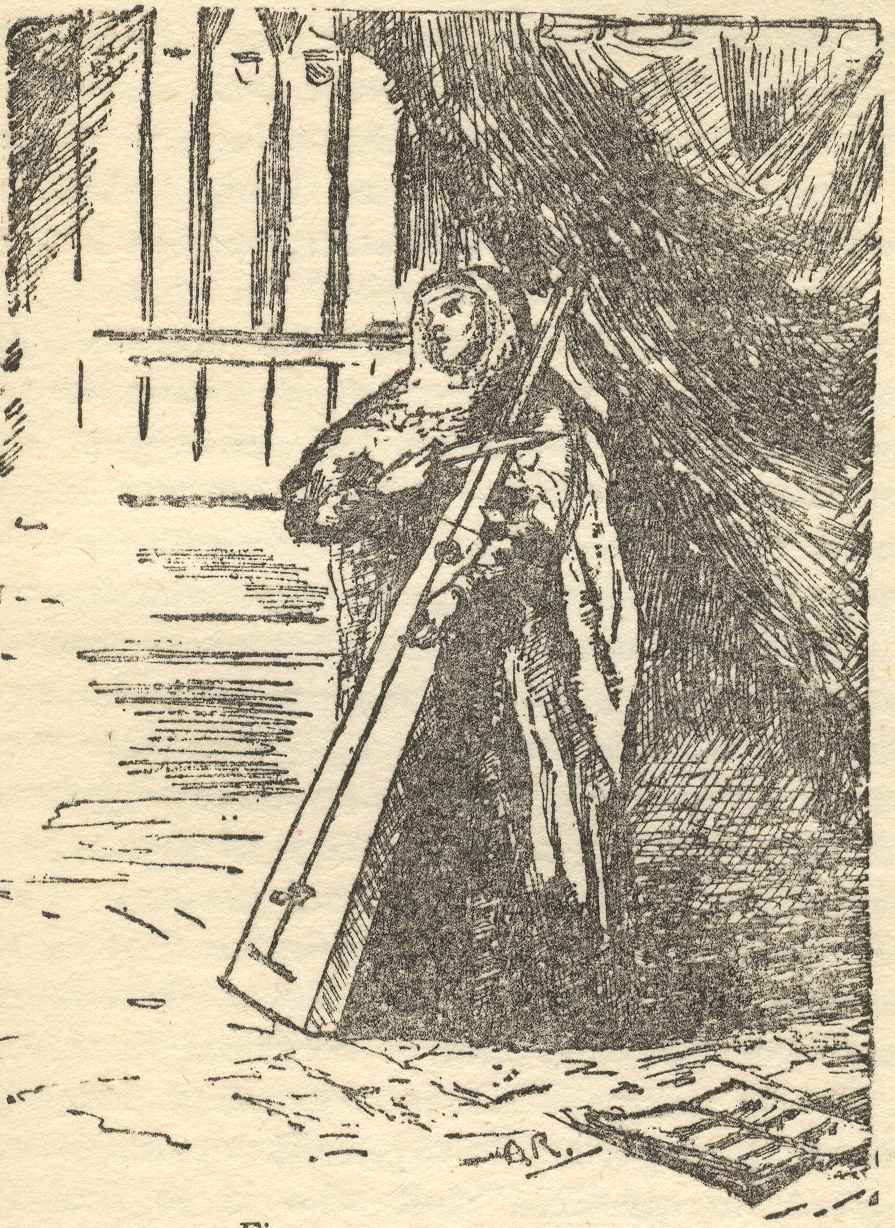The time has come, as the Walrus said, to talk of many things—well, perhaps not many, but one or two of some importance to this little corner of the internet cosmos. Today is the fifth anniversary of the Robert Frost’s Banjo blog, & I'm here to let you know that the blog will go on indefinite hiatus after this post.
Now please be assured: this blog isn’t going to go anywhere—it will remain online as long as Google in its infinite wisdom keeps Blogger blogs available & free; however, I don't anticipate adding any content either generated by myself or others in the foreseeable future. This is not an impulsive or precipitous decision—I’ve been thinking about it for some time, & it’s become clear to me over the past several months that the blog has simply run its course in terms of the content I can create for it & the engagement I can bring to it.
Of course, the blog never was just me. It’s always been a place for collaboration, & I have nothing but thanks & gratitude for the friends who have contributed to Robert Frost’s Banjo & who have done so much to make it a space people have enjoyed—on alphabetical order: my old friend Audrey Bilger, who has contributed some of the most popular & widely read pieces; dear Barbie Angell, whose poetry & illustrations absolutely won me over, & who has been such a big part of the blog the past couple of years—Barbie’s poem posts are always popular, & deservedly so; Brittany Newmark, a cherished old friend & remarkably talented poet & fiction writer who’s been generous enough to contribute her writing; Carmen Leone, who has conscientiously & generously supplied me with his wonderful poems; Eberle Umbach, who brought the Weiser River Pillow Book, poetry, music, & stories about everything from Jane Austen to the Rock Band game & much more—& who was the source of the blog’s name, which was a stroke of genius in my opinion—the blog certainly never would have been what it has been without Eberle's major contributions, & they are much appreciated; L.E. Leone (or Dani as I know her), a dear friend whose poems have been a mainstay on the Tuesday poet’s corner & who also has contributed music as part of Homegrown Radio; my dear friend Mairi Graham-Shaw, who has such creative energy & for whom I envision such a bright future, has contributed her high energy poetry; & & Nancy Krygowski, who stepped in & contributed poems of first-rate quality. All of these people have been so much fun to work with, & I’m grateful to call them all friends. If I were to include all the many people who contributed to such series as Writer’s Talk, Homegrown Radio & Musical Questions, the list simply would go on & on. But check them out in the blog archives & in the label section! These are the folks that made Robert Frost’s Banjo a special place.

& thank all of you who stop by to read, whether regularly, sporadically, or once in a blue moon. You’ve also been a big part of the blog! I wish you all the best in your endeavors, wherever they may take you, & if we meet in this space again down the road, so much the happier.
So how shall we send the blog off to rest? Well, it is Robert Frost's Banjo! See below.
Happy trails!
Image is of course by John Tenniel—one of his illustrations to Lewis Carroll’s Through the Looking-Glass. It links to its source on Wiki Commons, & is in the public domain.








































